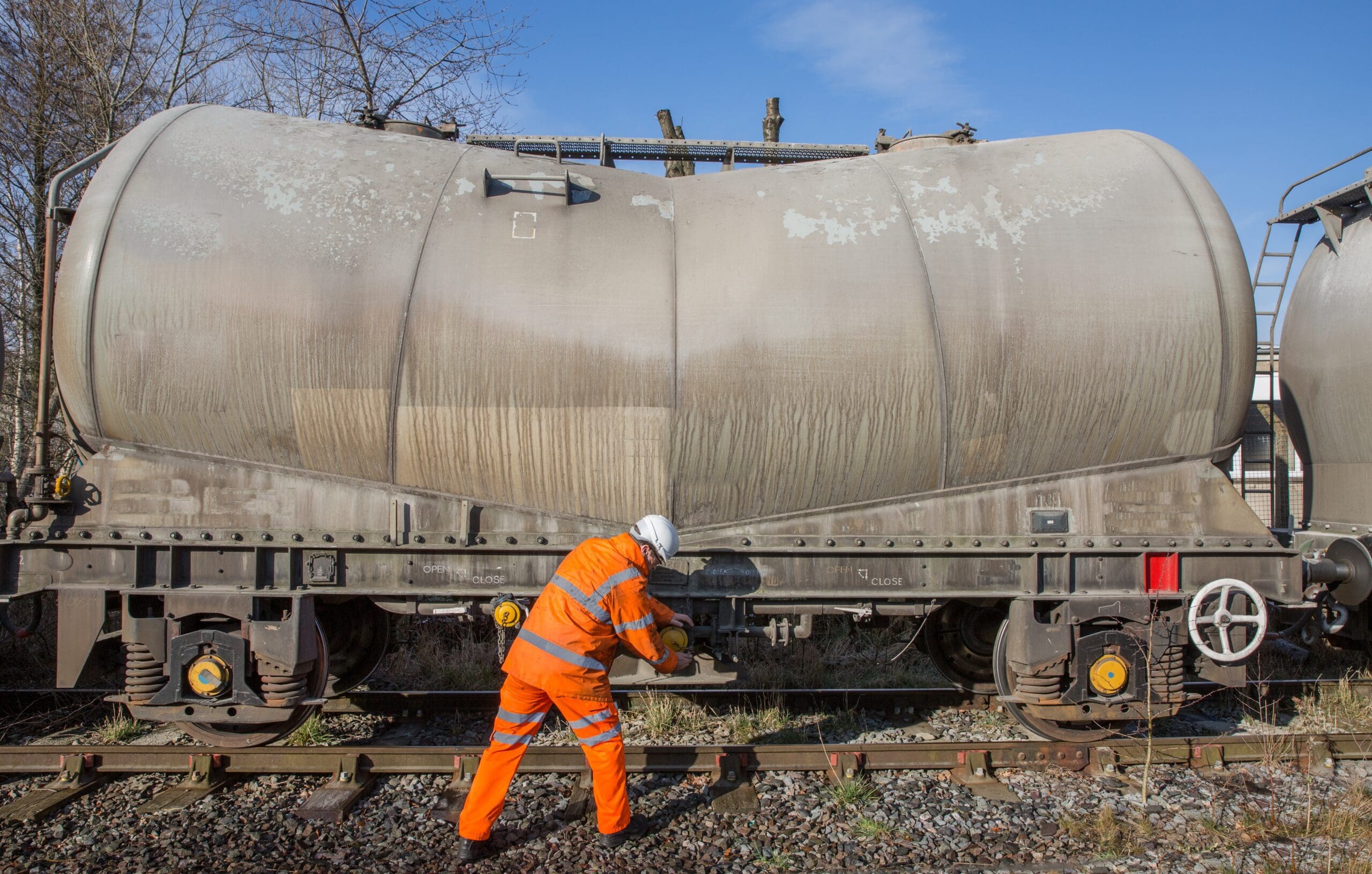Could Union Pacific Lawsuit Settlements Be The Key To Achieving 2023?
A csx lawsuit settlement occurs when a plaintiff and an employee negotiate. The agreements typically include compensation for injuries or damages that result from the actions of the company.
 If you are a victim of claims, it is essential to talk to an experienced personal injury lawyer regarding the options available to you for relief. These kinds of cases are among the most frequent, therefore it is crucial to find an attorney who can assist you.
If you are a victim of claims, it is essential to talk to an experienced personal injury lawyer regarding the options available to you for relief. These kinds of cases are among the most frequent, therefore it is crucial to find an attorney who can assist you.
1. Damages
You could be eligible to receive monetary compensation if you have been injured as a result of the negligence of a Csx. A settlement agreement for a csx lawsuit can help your family and you to recuperate a portion or all of your losses. Whether you’re seeking damages for an injury to your body or CSX Lawsuit Settlements mental trauma, a skilled personal injury lawyer can help you obtain the compensation you deserve.
The damage that results from the csx lawsuits can be significant. One instance is the verdict of $2.5 billion in punitive damages in a case involving a train fire that killed several people in New Orleans. CSX Transportation has been ordered to pay the sum as part of an agreement to resolve all claims against a group of plaintiffs against the company for injuries that resulted from the incident.
Another example of an enormous amount of money awarded in a lawsuit against CSX is the recent decision of a jury to award $11.2 million in wrongful death damages to the family of the woman who died in a train accident in Florida. The jury also found CSX to be 35% liable for the death.
This was a significant decision due to a variety of reasons. The jury found that CSX was not following the state and federal regulations and that the company did not adequately supervise its employees.
The jury also concluded that the company was in violation of environmental pollution laws in both state and federal courts. They also held that CSX was unable to provide adequate training for its workers and that the company negligently operated the railroad in a dangerous way.
The jury also awarded damages for pain, suffering, and other damages. These awards were based on the plaintiff’s emotional and mental anxiety as a result of the accident.
The jury also found CSX to be negligent in its handling of the accident and ordered it to pay $2.5 billion in punitive damages. Despite these findings, CSX appealed the decision and plans to appeal to the United States Supreme Court. The company will not back down and continue to work to prevent any further incidents or ensure that its employees are protected against any injuries that result from its negligence.
2. Attorney’s fees
Attorney’s fees are among the most important aspects of any legal case. However, there are ways lawyers can save your money without compromising the quality of your representation.
The option of working on a contingent basis is the most obvious and popular way to go. This allows lawyers to work on cases on a more fair footing, and this in turn lowers the costs for the parties involved. This ensures that you have the best lawyers working for your case.
It is not unusual to receive a contingency fee in form of a percentage of your recovery. The typical figure is within the 30-40 percent range, though it can be higher , depending on the circumstances.
There are several types of contingency fee schemes Some of them are more popular than other. For example the law firm that represents you in a car wreck could be paid up front in the event that they succeed in winning your case.
If you also have an attorney who intends to settle your csx case it is likely that you will pay for their services in an amount in one lump amount. There are several factors that influence the amount you’ll receive in settlement, including the amount of damages you have claimed, your legal history and your capacity to negotiate a fair settlement. Your budget is also crucial. You might want to set aside funds for legal expenses if you have a high net-worth individual. You should also ensure that your attorney is knowledgeable about the intricacies of negotiating settlements so that you do not waste your money.
3. Settlement Date
The CSX settlement date in the class action lawsuit is an important element in determining if or the plaintiff’s claim will be successful. This is because it determines the date on which the settlement is ratified by the state and federal courts, as well as the time when class members can object to the settlement or claim damages under the terms.
The statute of limitations for state law claims is two years from the date of the injury. This is also known as the “injury disclosure rule”. The injured party must start a lawsuit within a period of two years after the incident. If not, the claim is dismissed.
A RICO conspiracy claim is subject to a four-year standard limitation period, in accordance with 18 U.S.C. SS 1962(d). To prove that the RICO conspiracy claim has been denied by the court, the plaintiff must demonstrate a pattern or racketeering.
Thus, the statute of limitations analysis is applicable only to Count 2 (“civil RICO conspiracy”). Since eight of the nine lawsuits relied upon by CSX to establish its state claims were filed at least two years prior to when CSX filed its amended complaint in this case, the reliance on those suits is barred.
To survive the RICO conspiracy claim the plaintiff must demonstrate that the underlying activity of racketeering was part and parcel of a scheme to defraud public or impede or hinder the operation of legitimate business interests. A plaintiff must also show that the act behind racketeering caused a significant effect on the public.
Fortunately, The CSX RICO conspiracy claim is a failure because of this. This Court has previously ruled that a claim based on a civil RICO conspiracy must be supported by the pattern of racketeering actions and not just one instance of racketeering. Because CSX has not met this requirement and the Court finds that CSX’s count 2 (civil RICO conspiracy) is not time-barred by the “catch-all” statute of limitations in West Virginia Code SS 55-2-12.
The settlement also stipulates that CSX to pay a $15,000 penalty to MDE and to fund the community-led energy-efficient renovation of an abandoned building in Curtis Bay for use as an environmental education research and training facility. CSX will also have to make improvements to its Baltimore facility to improve safety and prevent any further accidents. CSX must also give a check of $100,000 for Curtis Bay to a local non-profit.
4. Representation
We represent CSX Transportation within a consolidated collection of class actions brought by rail freight transportation customers. Plaintiffs claim that CSX along with three other major U.S. freight railways conspired to fix the prices of fuel surcharges in violation of Section 1 of Sherman Act.
The lawsuit claimed that CSX was in violation of the laws of both states and federal by conspiring to systematically fix the fuel surcharges’ prices and intentionally defrauding customers of its freight transportation services. The plaintiffs also claimed that CSX’s price fixing scheme caused them harm and damages.
CSX moved to dismiss the lawsuit, arguing that the plaintiffs’ claims were time-barred under the rule of accumulation of injuries. In particular, the company argued that plaintiffs were not entitled to recover for the time she would have been able to reasonably discover her injuries prior to when the statute of limitations began to run. The court denied CSX’s motion in the sense that the plaintiffs’ evidence was sufficient evidence to demonstrate that they should have discovered her injuries prior to the expiration of the statute of limitations.
On appeal, CSX raised several issues in the appeal, including:
The first argument was that the trial court erred by denying its Noerr-Pennington defense, which required it to present no new evidence. The court reviewed the verdict and found that CSX’s argument and its questioning regarding whether a B reading was a diagnosis or not of asbestosis and whether an official diagnosis was ever made, confused the jury and swayed their verdict.
Second, it claims that the trial court erred in the decision to allow a claimant an opinion from a medical judge who was critical of the treatment given by a doctor to the plaintiff. Specifically, CSX argued that the expert witness of the plaintiff could have been permitted to use the opinion, but the court concluded that the opinion was not relevant and would be barred under Federal Rule of Evidence 403.
Thirdly, it claims that the trial court abused its discretion by admitting the csx accident reconstruction footage. It reveals that the vehicle stopped for only 48 seconds and the victim’s testimony indicated that she waited for ten. It also asserts that the trial court was not given the authority to permit plaintiff to create an animation of the accident, as it did not accurately and accurately depict the scene.
 Railroads burn millions of gallons of diesel fuel to operate freight trains across long distances. This extremely toxic diesel exhaust is a source of carcinogens such arsenic dioxin and benzene.
Railroads burn millions of gallons of diesel fuel to operate freight trains across long distances. This extremely toxic diesel exhaust is a source of carcinogens such arsenic dioxin and benzene.